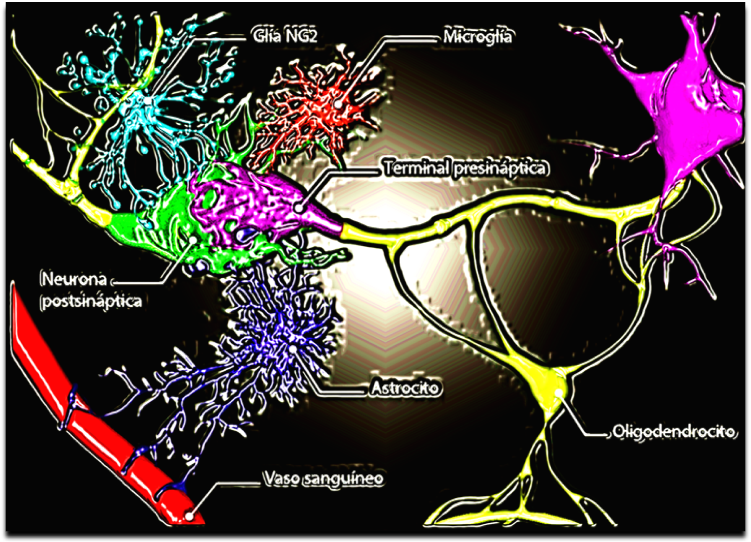In the past neuronal ensembles were considered the only substrate of cognition. However, neuroglia is the dominant group of nerve cells, but action potentials are absent.
Neuroglia includes astroglia, oligodendroglia and microglia; all of them express ionic channels, as well as neurotransmitter receptors and transporters. This allows glial cells to respond to synaptic and extrasynaptic communication.
Indeed, glial cells responses involve ionic fluctuations and intracellular signaling with second messengers, leading to gliotransmitters release and modulation of neuronal activity. Overall, these events define glial excitability and its dysfunction begins to be investigated in neuropathology.

Develop your thesis project studying neuroglia, the most abundant group of nerve cells in the brain. Investigate with us about the physiology of glial cells in mouse models of autism and anorexia.
LEARN DIFFERENT TECHNIQUES Including behavioral tests, histology and immunofluorescence, calcium imaging, electrophysiology and data analysis